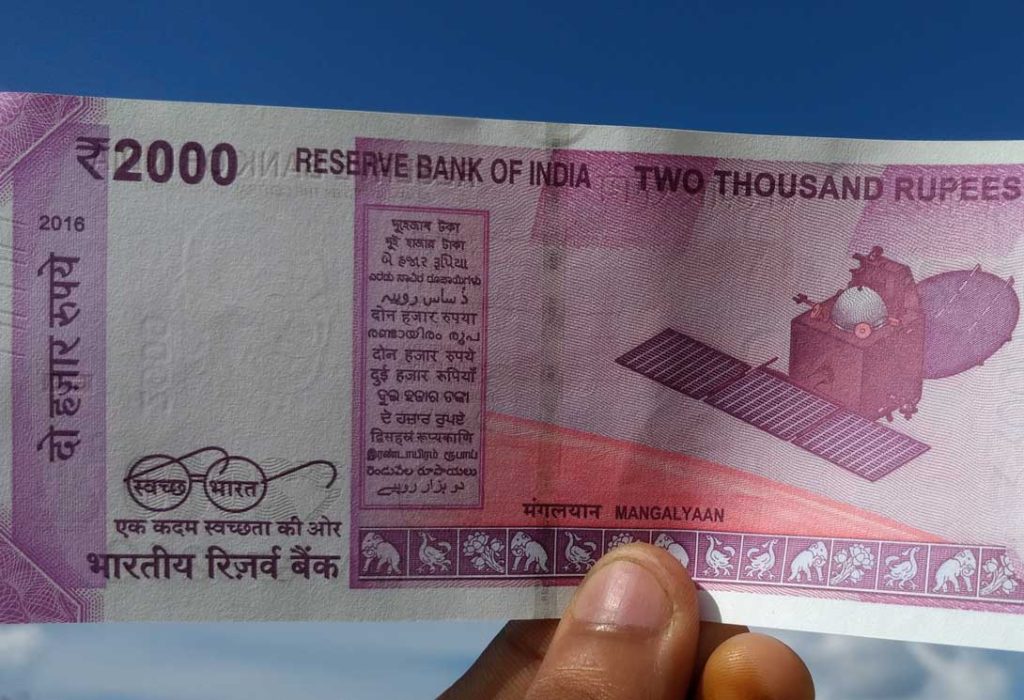
The rupee has hit a new all-time closing low against the US dollar, trading at 85.73 on January 1, reflecting ongoing pressures in the forex market.
The decline comes amidst a backdrop of global economic shifts, particularly the strengthening of the US Dollar driven by expectations around Donald Trump’s second term and hawkish signals from the Federal Reserve.
What’s happening with the rupee?
The rupee’s dip to this record low has been attributed to several factors.
Firstly, the onshore-NDF (Non-Deliverable Forward) arbitrage has widened, contributing to the currency’s depreciation. This arbitrage opportunity has attracted speculative trading, further weighing down the Rupee.
The dollar index, which measures the US currency’s strength against several international currencies, has been hovering near its highest level in over two years, adding to the Rupee’s downward trajectory.
Analysts have pointed out that the rupee’s decline coincides with when foreign institutional investors were offloading shares in the Indian market, with a significant outflow of Rs 2,376.67 crore recently. This capital outflow has been a persistent drag on the rupee, especially amid strong demand for dollars from importers and month-end dollar bids.
RBI intervenes
The Reserve Bank of India has been active in the forex market, attempting to stabilize the currency through interventions. However, the effectiveness of these measures appears limited as the market dynamics continue to push the rupee downwards.
Analysts suggest that the RBI might be strategically allowing some depreciation to maintain export competitiveness while intervening to prevent excessive volatility.
What does this mean for the economy?
On the domestic front, India’s economic indicators show mixed signals.
While there has been robust sentiment in domestic equity markets, with the Nifty index surging to 24,200, the rupee’s depreciation could pose challenges for import-dependent sectors, potentially fueling inflation.
The cost of imports, including crucial commodities like oil, has risen, which might affect the cost of living and production costs for businesses.
Is this likely to continue?
Experts predict a volatile path for the rupee in the near term.
The forecast for the USD to INR suggests a gradual weakening, potentially reaching levels around 86.50 by March 2025, influenced by global economic policies, US bond yields, and the anticipation of Donald Trump’s administration policies. This scenario could lead to a more competitive rupee for exports but at the cost of higher import bills for the nation.
A lot depends on RBI’s next moves, alongside global economic indicators, to gauge the future direction of the rupee.